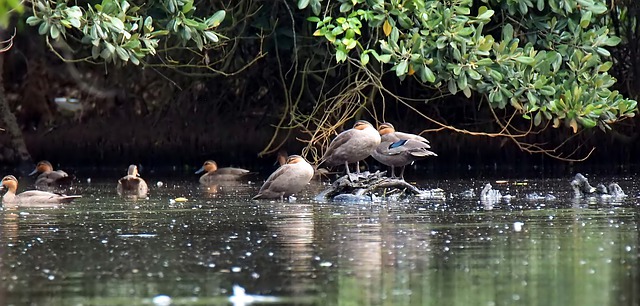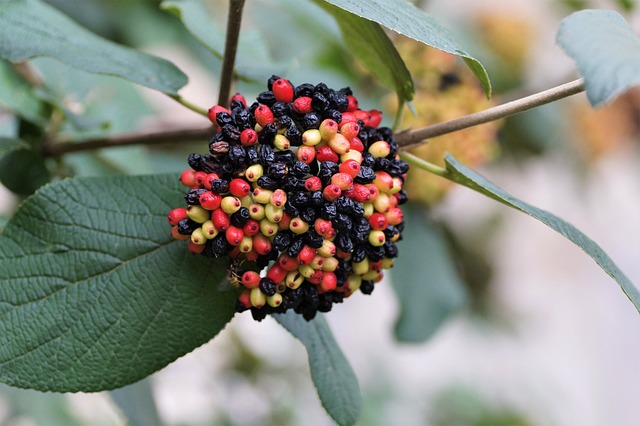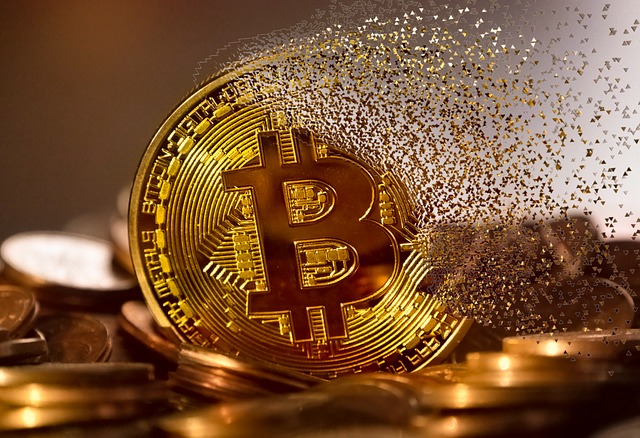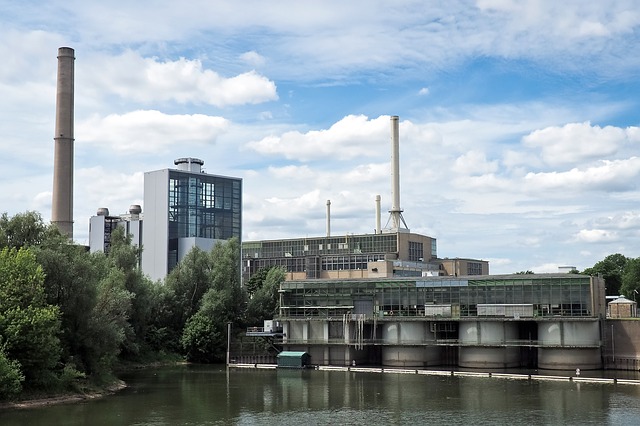INTRODUCTION
As the environment of the Earth is changing for years now, wildlife is also experiencing burnt of climate change. There are many species of animals and plants that have gone extinct due to human-induced climate change.
Read more: Heatwaves Are Killing Off Sea Life In Billions – Destroying The Ecosystem
WILDLIFE AND CLIMATE CHANGE
Wildlife such as wild animals and plants too are facing challenges posed by the ongoing climate crisis. The main threats to wildlife include natural disasters, human activities, and climate change.
Firstly, natural disasters such as wildfires, hurricanes, etc kill, remove or eliminate vegetation and animals. These creatures are unable to protect themselves from such calamities.
Secondly, humans are not far behind in treating animals poorly. You may like to read: Anthropogenic Factors That Cause Species Decline. The toxic chemicals that are being discharged in water bodies are inducing changes in marine animals, some toxic species of plants are overgrowing and on top of that plastic pollution is suffocating marine animals to death.
And thirdly comes climate change is altering the surrounding environment to such as extent that wildlife is struggling to survive on Planet Earth.
You may like to read how chemical toxicity is affecting animals -> Marine Pollution – Its Risky Effects on Marine Life & Humans
HOW WILDLIFE IS TACKLING OR ADAPTING TO CLIMATE CHANGES?
How well wildlife is tackling climate changes can be described with a simple three-step strategy that most animals are taking up and that is to find new habitat or adapt to the environment or die.
> FINDING A NEW HABITAT
Wildlife that can move from one location to another usually prefers migration during unfavorable circumstances. However, climate change is happening at a global level, no country on the Earth is safe from confronting it. Migratory birds are also undergoing such changes and their reported numbers on islands have decreased. Also read: Tracing the Routes of Migratory Birds in Pakistan.
More info here: Biodiversity Loss – Causes, Effects, and Solutions.
> ADAPTING TO THE CLIMATE CHANGES
There are visible changes in the structures of animals and growing plants that could be noticed. For instance, the duration of the warmer season has increased which has made allergy season more worse for humans, fruits are ripped before time, and this hot weather has favored some species of animals. Additionally, the size of insects has increased if compared with the same species of previous eras. The negative changes include pests that have developed resistance against pesticides. Those reptiles and amphibians that live close to coastal areas are also adapting themselves to the current environmental crisis.
You might also like: What the Earth’s Environment Might Look Like After 50 Years
> DEATH AND EXTINCTION
In the end, there are also some sensitive, rare, or exotic species of animals and plants that cannot follow the above-listed strategy, hence they are slowly going extinct. These species are enduring dent of global warming, habitat destruction, habitat fragmentation, and above all habitat loss, which ultimately lead to lessening the number of such plants and animals. Check out: Bioaccumulation and Biomagnification of Toxic Chemicals
CONCLUSION
Climate change is killing humans, how is that possible that animals and plants are safe from it? Humans are still finding sustainable solutions to ignore catastrophic changes in the environment. But wildlife is suffering from both ends one from human activities and the other from human-caused climate changes. We need to learn from the lesson the COVID-19 pandemic is teaching us, seems like we will encounter more pandemics without getting serious about such phenomena. We should act to save planet Earth so that all living things can continue playing their role on the Earth without getting extinct.
Also check out: 10 Critically Endangered Animals That Can Go Extinct By 2050
I hope you all liked this post! Please comment below if you have any suggestions, comments, or feedback! We at #envpk love hearing from our readers! Thanks!




